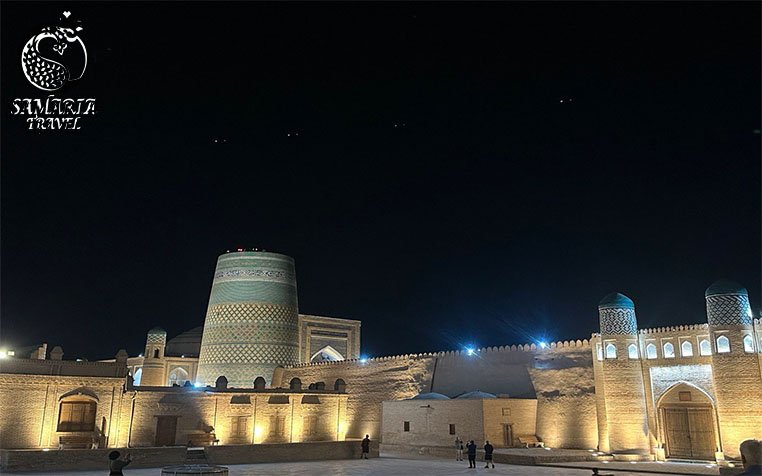
Book your 6 days 5 nights tour in Uzbekistan with Samaria Travel. A 6-day, 5-night tour of Uzbekistan takes travelers through the vibrant capital of Tashkent, first-class cultural landmarks in Samarkand—such as the Registan Square and Gur-e-Amir Mausoleum—and the historic treasures of Bukhara, with comfortable intercity transfers aboard the modern Afrosiyob high-speed train. 6 days 5 nights tour in Uzbekistan is the best tour which covers historical city Samarkand, UNESCO city Bukhara and the capital city Tashkent.
Day 1: Arrive in Tashkent
Welcome to Uzbekistan! You may arrive to Tashkent International Airport early in the morning today. If you would like to arrive a day early, please let us know and we will book an extra night at the hotel for you. Transfer to the hotel, with time to rest after your long flight, and have breakfast.
Tashkent is the capital of Uzbekistan and has approximately 3 million inhabitants. The city is located in the north eastern part of the republic, in the valley where the river Chirchik is located. In the North of Tashkent the snow-covered tops of Big and Small Chimgan mountain can be seen. Tashkent is the fourth largest in the Commonwealth of Independent States after Moscow, St Petersburg and Kiev.
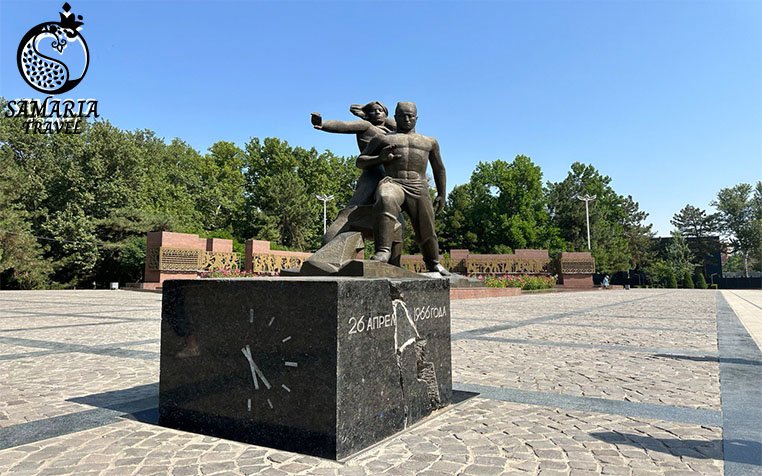
The sightseeing in Tashkent city:
Earthquake Memorial— this memorial is devoted to the tragic date of earthquake in Tashkent on April 26th of 1966 and is erected in the approximate spot of the earthquake epicenter.
Khazrati Imom Complex (XVI-XX centuries) the historical spiritual heart of the city (consists of functioning Friday mosque “Khazrati Imom Mosque” from 2007, Barak-Khan Madrassa from XVI-XVIII centuries—present-day serving as shopping place, Tellya Sheikh Mosque from XIX century, Muyi Moborak Library— holds rare Oriental manuscripts collection, among which the world-famous Caliph Osman-Koran from the VII century and the mausoleum of Abu Bakr Mohammed Kaffal Shashi, the first Koran preachers of Central Asia, who was also a famous scientist).
The market Chorsu (“four roads” in Uzbek, the commercial heart of the city and has been for hundreds of years).
Metro riding (the only Central Asian Underground, built in 1977).
Amir Timur Square—the centre of the modern city, is green space with plenty of flowers and fountains. The square covers the most important buildings both political and cultural. In the middle of the square is the statue of Amir Timur (known in Europe as Tamerlane) on horseback, hotel “Uzbekistan” which was built in 1974, University of Law (former Women’s Gymnasium), Museum of Amir Timur, well-known Tashkent Clock Towers (the first tower was constructed in 1947 to house the clock mechanism from Eastern Prussia, a war trophy brought back to Tashkent by watchmaker Ayzenshteyn), and Uzbekistan Forums Palace.
Day 2: Tashkent—Samarkand morning train
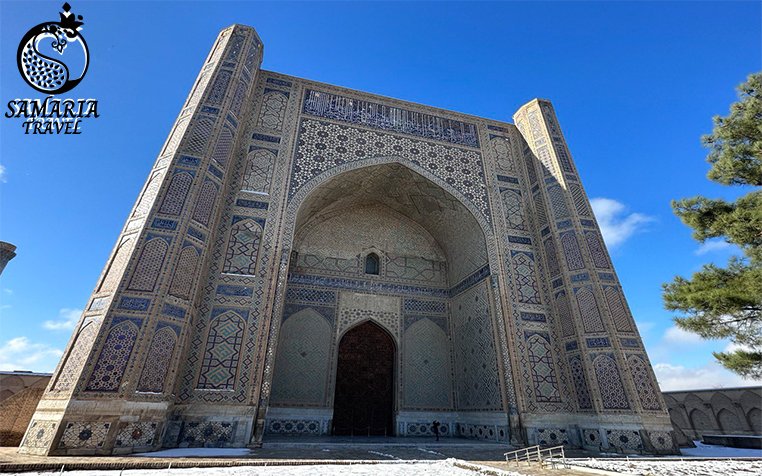
Samarkand, one of the most ancient cities of the world, a contemporary of the Rome, Athens and Babylon, has a 2750-year-old history. “The Mirror of the World”, “The Garden of the Soul”, “The Jewel of Islam”, “The Precious Pearl of the Moslem World” are some the names given to this unique city. In ancient Greece, this city was known as Marakanda.
The sightseeing in Samarkand city:
Samarkand Handmade Paper Centre— for centuries Samarkand was famous for its mulberry paper and famed for its durability and resistance to insects. Production died out in the 18th century and this UNESCO backed project in the eastern suburbs aims to revive the 2000-year-old tradition. Guests can see process of making Samarkand paper from mulberry bark.
The Ulugbek Observatory, built by Amir Temur’s grandson astronomer-king Ulugbek in XV century.
Bibi Hanim mosque XV century. The mosque was built in honour of Temur’s chief wife, Saray Mulk Khanum.
Local Siab market (“black river” in Uzbek). Travelers can find in this market spices, fresh and dry fruits and different souvenirs
Day 3: Samarkand city tour
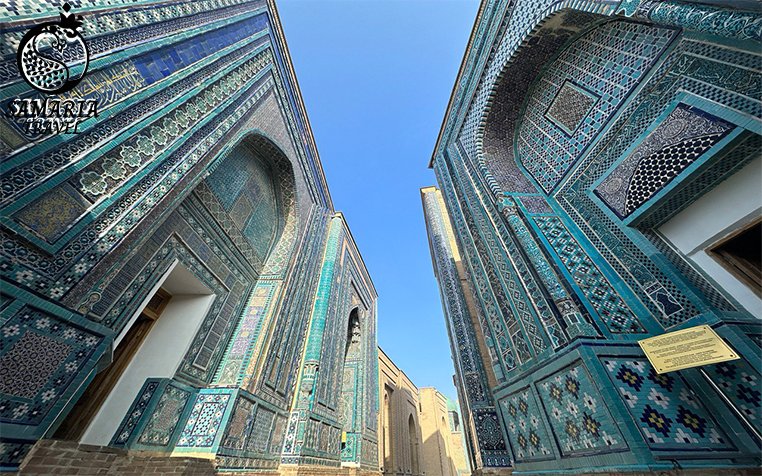
Gur-Amir mausoleum (“the tomb of the king” in Uzbek) must see sight in Samarkand from XV century the final resting place of Temir. The mausoleum was originally planned for temur’s favourite grandson, Muhammad Sultan but Samarkand was deemed a more fitting resting place.
Registan square (“sandy place” in Uzbek) from XV-XVII centuries. A spectacular architectural ensembles, with fantastic Islamic designs and calligraphy etched into the facades of its mosques and madrassahs.
Ulugbek Madrasah built between 1417 and 1420 is the oldest madrasa in Registan square. This construction work was carried on under Ulugbeg (the Astronomer King, the author of astronomic tables known throughout the world), Temur’s grandson, who was both an eminent ruler and scholar.
Tilya-Kori Madrasah means Gold-covered madrasa was built in XVII century in Registan square. This is the one madrasa the travelers must go inside: the golden ceiling of the mosque, to the left of the courtyard, is utterly enthralling, and it is this gilt that gives the madrasa its name.
Sher Dor Madrasah means the tiger or lion madrasa built between 1619 and 1636 by Yalangtush Biy, must be one of the most-photographed buildings in existence.
The complex Shahi Zinda (“alive king” in Uzbek) from XII-XX centuries. Burial place of royal persons and nobles. One of the most spiritual places in Uzbekistan.
Day 4: Samarkand—Bukhara by morning train
Art, history, old town, architectural monuments, food. The UNESCO listed city Bukhara has it all. Bukhara, one of the most ancient cities of Central Asia, has a 2500-year-old history. Bumichkat “New Castle”, Al Madina as-sufriyya “Copper City”, Madinat at-tujjor “City of Traders”, Foxira “Honorable City” are some the names given to this unique city.
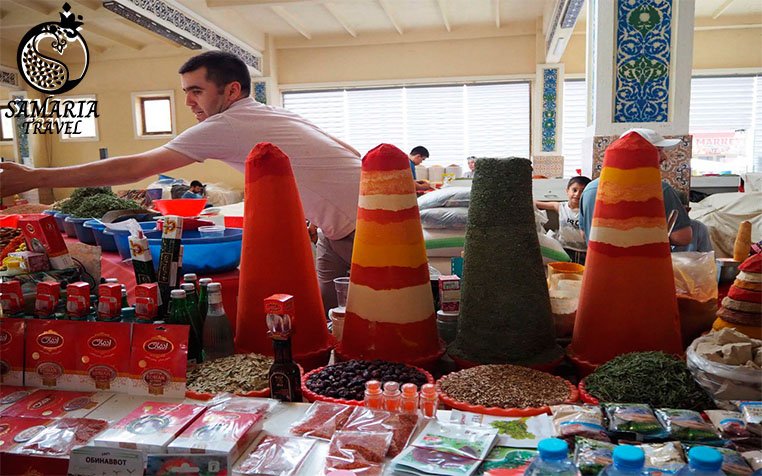
The sightseeing in Bukhara city:
Bolo Hauz mosque (XVIII century)— it is a functioning Friday mosque from XVIII century and consists of reservoir, mosque and minaret (from outside, since it is functioning Friday mosque).
The Citadel Ark (I-XX centuries)— the construction of the citadel is dated to beginning of the 1st millennium BC. During the history the fortress has been destroyed several times but has been restored again. All buildings of the citadel have been reconstructed mainly during the XVIII-XX centuries.
Poi Kalon complex (“The foot of tall” in Uzbek) from XII-XVI centuries. Consisting of mosque, madrassah and minaret, one of the great centre of trade and scholarship along the Silk Road. The beauty of the minaret amazed Genghis Khan (Temuchin or Temujin).
Magoki-Attari Mosque— Central Asia’s oldest surviving mosque. Prior to the Arab invasion there was a Buddhist monastery and then a Zoroastrian temple on the site. It now houses the dull Museum of the History of Carpet Weaving.
Labi Hauz Complex (“The edge of the pond” from Persian) constructed by Nadir Divan Begi, The Grand Vizier of Bukhara, around 1620.
XVI century Synagogue— to the south of Labi Hauz Square spreads the Jewish Quarter of the old town. Jews have been an important minority in Bukhara since their forced migration from Merv and Shiraz in the 14th century (the majority having emigrated to Israel and the US since 1970s). (Note: most of the time it is closed if it is open travelers can visit inside and see old Torah)
Statue of Hodja Nasruddin— the homespun philosopher and humourist on his donkey. Elsewhere in the world he is generally accepted as Turkish, but Uzbeks claim he was born in Bukhara and is one of their own.
Day 5: Bukhara city tour
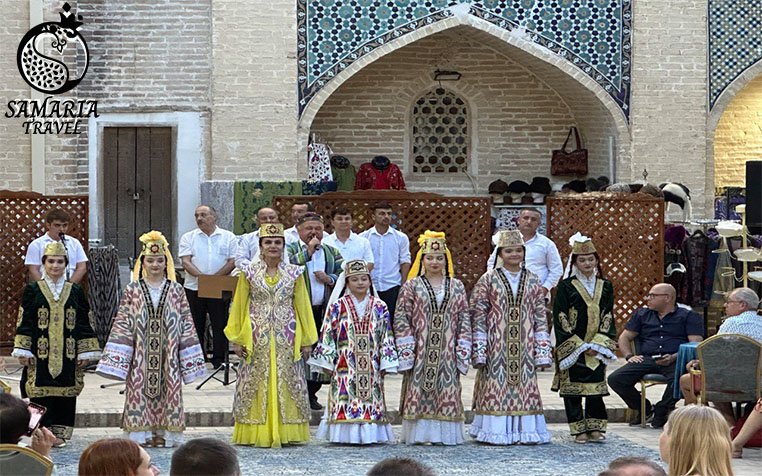
Chor Minor— an unusual madrassah in Bukhara. The name means “Four Minarets”. Each tower has a different decoration.
Naqshbandi Sufism complex— Islamic saint Bakhauddin Naqshband, the famous Asian philosopher and Sufi, the founder of a Sufi order which was later named Naqshbandi, lived in XIV century. He became patron saint and the complex is the holiest site in Bukhara. He made 32 times the Hajj pilgrimage to Mecca and local people consider this place as little Mecca.
The summer palace of Bukhara’s emirs— the palace was built in 1911 for the last emir, Amir Alim Khan, the building compound elements of both Russian and traditional Bukharan architecture.
Ismail Samaniy mausoleum (IX-X centuries)— the oldest, best preserved and most breathtakingly original building in Bukhara.
Day 6: Bukhara morning free time and afternoon take the train to Tashkent
Arrive to Bukhara and departure to International airport of Tashkent.
Note please: if you want to overnight in Tashkent we can book you hotel in Tashkent.
📍 Discover Uzbekistan with Samaria Travel
📞 +998 90 503 43 89 (WhatsApp)
🌐 www.samariatravel.com
📩 info@samariatravel.com
Please provide your intended travel date, including your arrival and departure cities, the duration of your stay, and the number of travelers in your group. This information will allow me to prepare a detailed tour itinerary along with the corresponding pricing details



